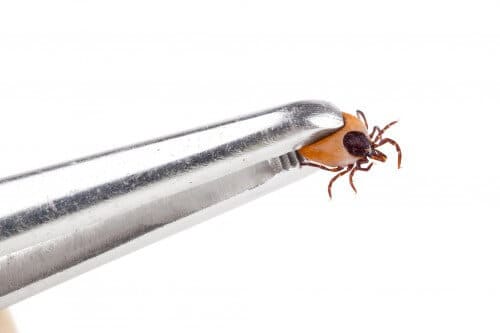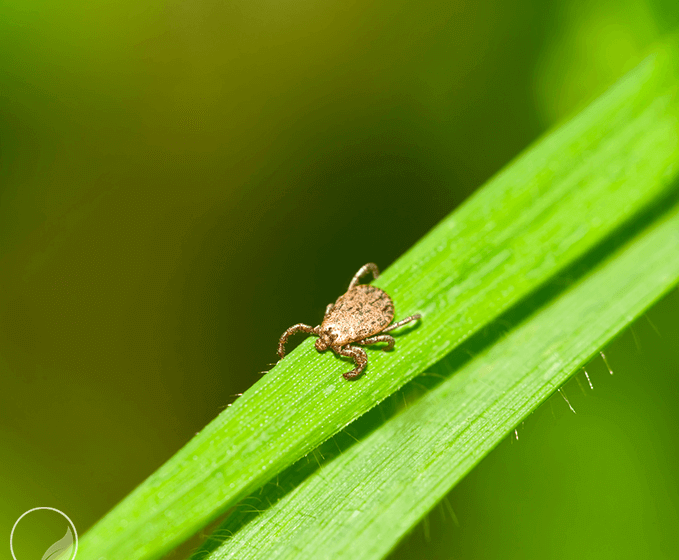
What is a tick?
A tick is a parasitic insect that physically attaches itself to any warm-blooded host in order to feed on their blood.
Ticks are members of the arachnid class of arthropods – and cousins to the spider.
Types of Ticks
Some of the most common ticks carrying disease and causing illness in the US include:
Rocky Mountain Wood Tick
Found in the Rocky Mountain region of the Western U.S., these ticks feed on large mammals and carry Rocky Mountain spotted fever, Colorado tick fever and tularemia.
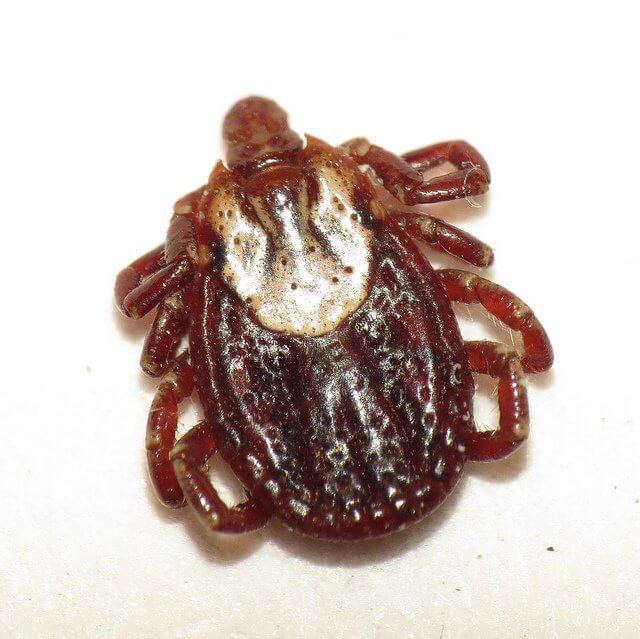
Source: Flickr Creative Commons

Source: CDC
Deer tick or Blacklegged tick
These are among the most common ticks and are found in nearly half the US. They remain active as long as the temperature stays above freezing or 32 degrees F.. They carry Lyme disease, Anaplasmosis, Babesiosis and Powassan disease.
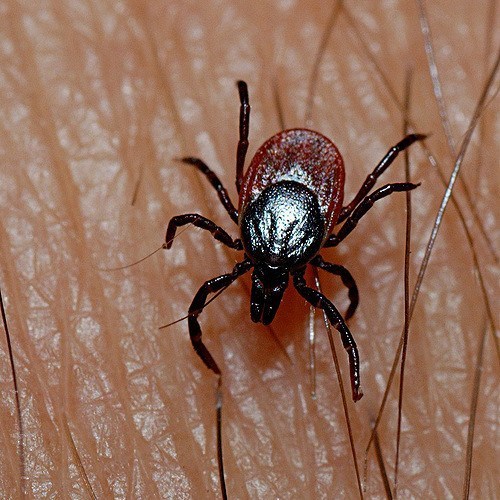
Source: Flickr Creative Commons

Source: CDC
Dog tick (also called Wood tick)
A very wide spread tick that carries Tularemia and Rocky Mountain Spotted Fever.
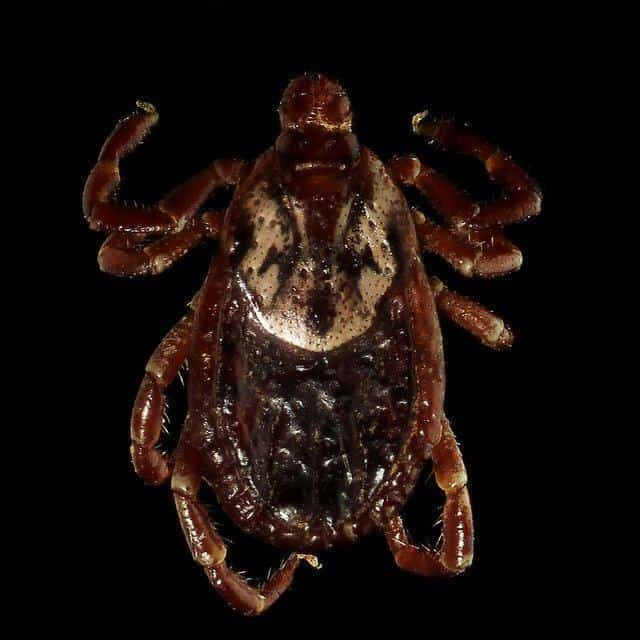
Source: Flickr Creative Commons

Source: CDC
Gulf Coast tick
Found along the Gulf and Atlantic coasts, this tick transmits rickettsiosis, a form of spotted fever.
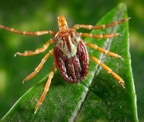
Source: CDC

Source: CDC
Brown Dog tick
As the name implies, this one is usually carried by dogs (they don’t have to be brown) but will bite humans as well and it carries Rocky Mountain Spotted fever also. As the most common tick, it is found around the globe.
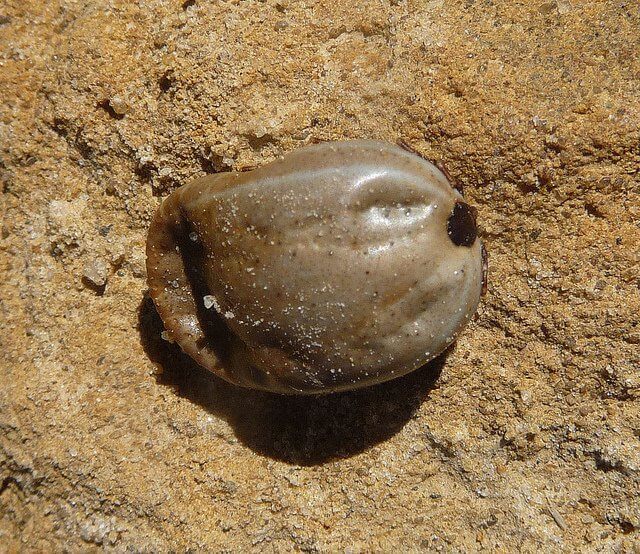

Source: CDC
Lone Star tick
This is a widely distributed and highly aggressive tick named for its white mark on the back of the adult female that resembles a star shape. They transmit Tularemia, STARI and Ehrlichiosis.
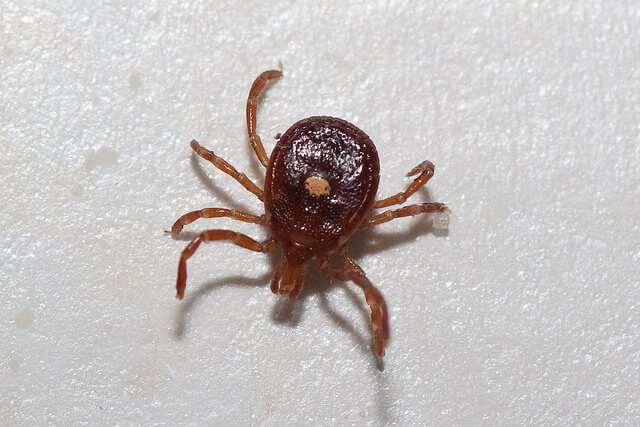
Source: Flickr Creative Commons

Source: CDC
Illnesses from Tick Bites
Ticks carry well over 20 known diseases and possibly more. Many were discovered within the last 30 years. Two of the more well-known maladies in America are Rocky Mountain Spotted Fever and Lyme disease. In addition, some tick-borne illnesses have symptoms that don’t show themselves for days or even months after being bitten. In many cases, if a tick is not found – the patient may be diagnosed with another illness like Guillain-Barre syndrome.
DIY Tick Tubes
Protect your yard from Lyme disease...
Many tick bites are small enough to go unnoticed until you suddenly find one attached.
- Tick paralysis – is rare and its onset is sudden and generally unexplainable until the tick is discovered. It can cause difficulty breathing and limited movement which usually resolves itself after the tick is removed. Several prominent news stories have been written about children admitted to the hospital with tick paralysis
- Rocky Mountain spotted fever – is the most common illness and the most lethal tick related disease and occurs all over the US. This disease is also carried by the American Dog Tick. The tick infection can cause a sudden onset of rash, fever, body pain, and headache. Seek medical attention if you suspect these conditions are the result of a tick bite.
- Colorado tick fever – is also called Mountain tick fever is caused by a virus, rather than a bacteria that occurs mostly in mountainous areas. Symptoms can begin anywhere from 3 to 21 days after infection and has a two-staged fever with symptoms that include chills, light sensitivity, headaches, eye pain, abdominal apian, fatigue and enlargement of the liver and spleen. Aspirin should be avoided.
- Lyme disease – has become much more common but is still hard to diagnose. The tick transmits the Borrelia bacteria and symptoms that include a bulls-eye rash, fever, aches, and fatigue.
- Babesiosis – may also be caused by other ticks and can infect livestock. It occurs mainly in the Northeastern US, along with other parts of the world. It has a number of symptoms but most commonly causes the slow development of fatigue, aches and fever. Blood disorders, chills and sweats are also common and can begin to emerge 1 to 4 weeks after infection. I t can be treated with antibiotics but may require transfusion if not treated soon and could become fatal.
- Relapsing fever – is a tick borne illness caused by a Borrelia type and has symptoms which include a sudden fever, chills, muscle and joint aches, headache and nausea and possible rash. Symptoms usually begin 5 to 15 days after a tick bite, last for a few days and disappear – only to reappear. This can continue for several weeks or more if not treated with a fever. Relapsing fever was possibly the cause of epidemics in the Medieval days – known as sweating sicknesses.
- Tularemia – also known as rabbit fever or deerfly fever can also be transmitted by wood ticks, dog ticks, deerflies, and other bugs. It is caused by the bacteria Francisella tularensis and has symptoms that begin usually within 3 to 5 days of infection that include lethargy, fever, anorexia, and body-wide inflammation. It may cause the face and eyes to become inflamed and spread to the lymph nodes, hijacking the immune system. Before treatments were available the mortality rate was as high as 50 percent. Now, if treated appropriately with antibiotics it is fatal in less than 1 percent of infected patients.
Protect Yourself
Wear Protective Clothing – In tick infested areas dress to protect yourself by wearing long pants tucked into boots accompanied by long sleeves and gloves when possible. A generous spray of insect repellent around the feet and ankles will also help deter them from crawling on you. Tea tree oil, citronella and permethrin (from chrysanthemums and marigolds) can be applied to the outside of clothing which may help to reduce tick attachment by as much as 70 percent.
While in the woods or a treed area (especially cedar trees), wear a hat and avoid low hanging branches as ticks rest on those awaiting a host upon which to fall.
Before you reenter the house always check your clothes. One safe way to be sure there are no ticks hidden in your clothing is after removal immediately throw them into the clothes dryer on a High temperature setting for ten to fifteen minutes. This is a simple but effective method of killing any stowaways.
Outdoors, extra precaution can be taken by using herbs that discourage ticks from hanging around.
Natural insect repellants made from tea tree oil, citronella and others, reportedly works quite well.
You can find a spray with natural insect repellant – or can make your own with some alcohol and essential oils or even crush citronella, marigolds or other insect repelling plants and rub them on your clothes. Washing your hair with tea tree oil shampoo is thought to prevent lice infestation and may help repel ticks too.
How to Kill Ticks
Non-toxic solution to tick defense
Look for Ticks
Some ticks are big enough to see and notice. Some ticks though, are tiny – as small as a sesame seed or even smaller. It is important to wear protective clothing to avoid getting ticks – but you won’t always be protected. It is best if you have someone help you inspect your body for ticks at least once a day if you are walking in the outdoors – hiking, rock-climbing, or camping.
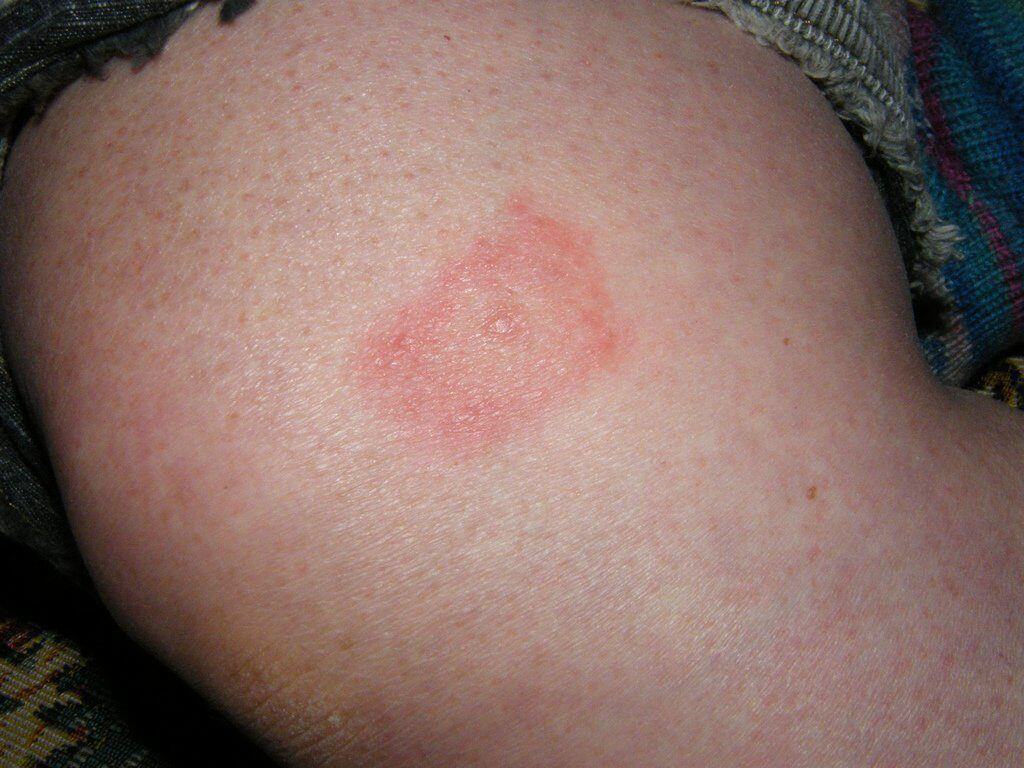
Source: Flickr Creative Commons
Ticks like to hide in the folds of the skin – creases of the joints – the genital and buttocks area – and places where they are covered by hair. This means that you won’t be able to inspect your whole body – and will need some help. If you are with children, make sure that you look them over from head to toe as well.
What Happens if a Tick Bites You?
If you find a tick on you, remove it as quickly as possible. Removal should be done gently and with tweezers. The tick should be grasped with the tweezers as close to the head as possible and gently pulled out taking precautions not to leave the head in the skin. Wash your hands and the affected area with soap and water after the tick is removed.
Be sure to kill the tick or flush it down the toilet after its removal. However, if you live in an area where some of these tick-borne illnesses are prevalent, keep the tick. Place it in a jar or zip lock bag. You can have the tick analyzed to see what, if any, disease it carries. You can have this test performed via mail at the University of Massachusetts.
This is just the start of what you need to know about Lyme disease. Take a look at our Lyme disease topic page for further education on the subject.

